12 Refreshing Fruit Drinks You’ll Find While Traveling
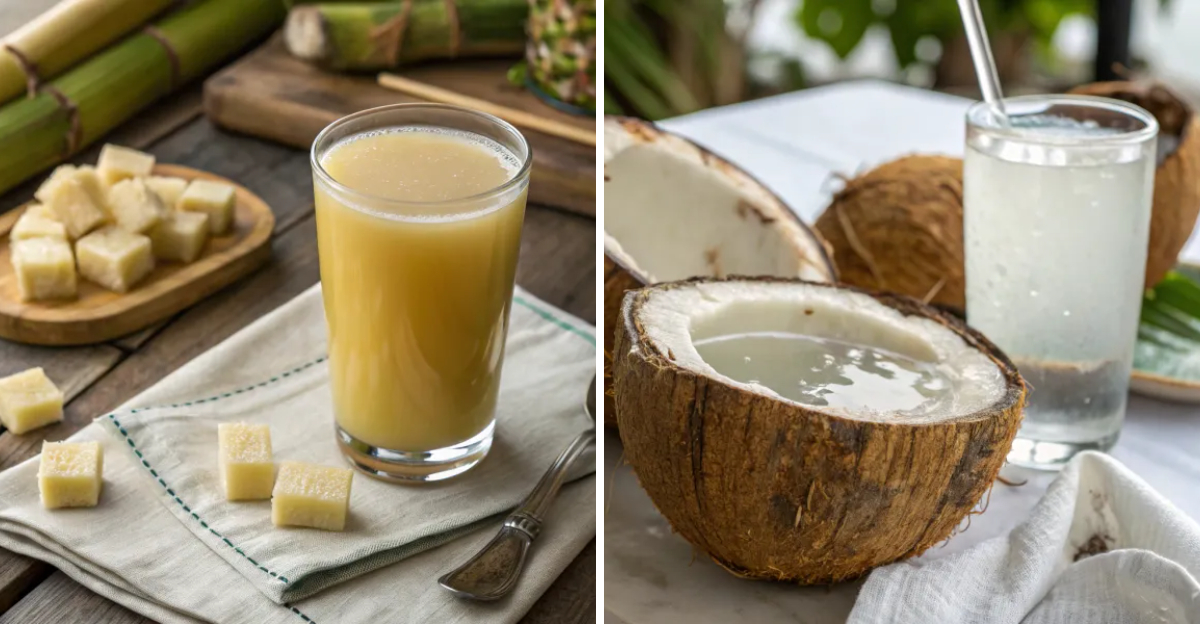
Exploring new destinations introduces an array of flavors, and fruit drinks often become memorable part of a journey. From bustling street markets to quiet cafes, each destination offers its own liquid treasures that tell stories of local culture and tradition. Whether you’re seeking relief from tropical heat or simply want to taste something new, these beverages will refresh your and expand your palate.
1. Limonada Suíça from Brazil
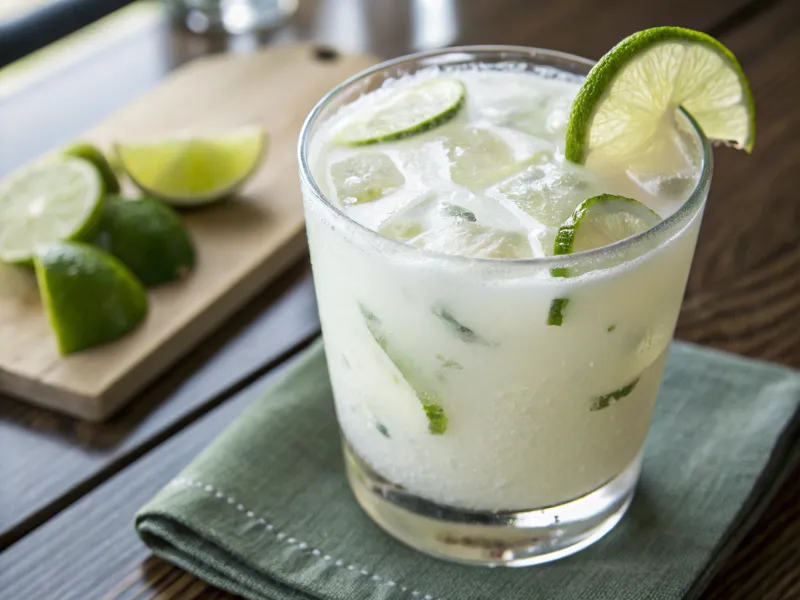
Brazilian beaches buzz with vendors selling this creamy lime concoction that differs completely from regular lemonade. The drink combines whole limes, including the peel, with condensed milk and sugar to produce a rich, tangy beverage that locals have enjoyed for generations. Street vendors blend the ingredients with ice right before your eyes, adding a frothy mixture that balances sweet and sour flavors. The lime peel adds a slight bitterness that makes each sip more complex than expected. You’ll find this drink at beach stands throughout Rio de Janeiro and São Paulo, where it costs less than a dollar and provides instant relief from humid weather.
2. Mango Lassi from India
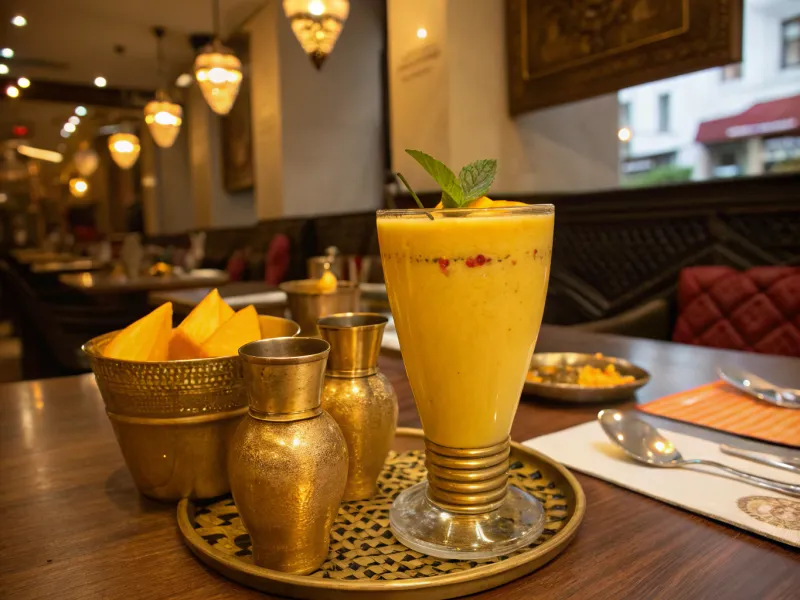
North Indian restaurants serve this yogurt-based drink that transforms ripe mangoes into liquid gold. The combination of thick yogurt, fresh mango pulp, and a touch of cardamom makes a cooling beverage that pcomplements spicy Indian cuisine. Traditional preparation involves hand-churning the ingredients in clay pots, though modern versions use blenders to achieve the same smooth consistency. The drink’s natural probiotics help digest heavy meals while providing essential nutrients. Mumbai street vendors often add rose water or pistachios to their versions, making each glass slightly different from the last. Summer months bring the best mangoes, resulting in the most flavorful lassi experiences.
3. Thai Iced Tea from Thailand
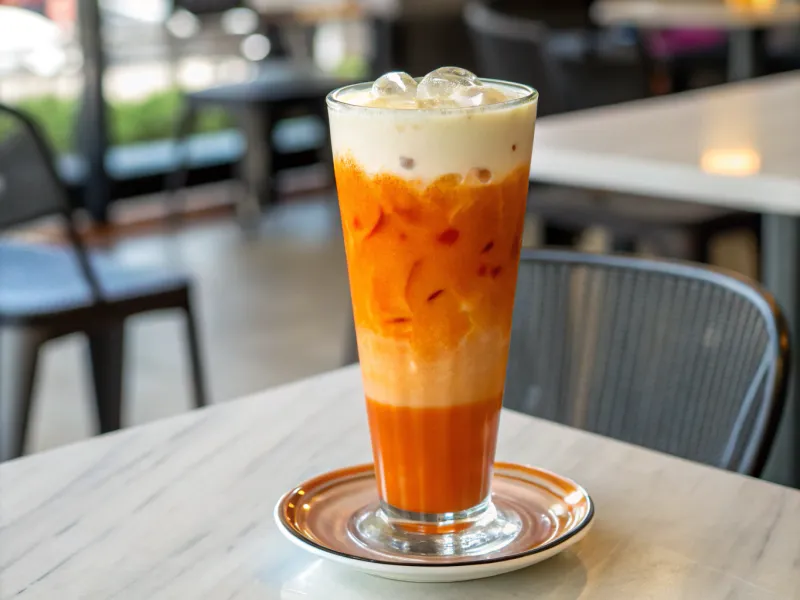
Bangkok’s street corners overflow with vendors pouring this orange-colored tea from heights to make the signature frothy top. The drink starts with strong black tea leaves that steep until they reach an almost bitter intensity, then sweetened condensed milk transforms the harsh flavor into something smooth and creamy. The distinctive orange color comes from food coloring added during the brewing process, making it instantly recognizable among other beverages. Ice fills tall glasses before the tea mixture gets poured over, creating beautiful layers. Thai restaurants worldwide serve this drink, but nothing compares to sipping it from a plastic bag with a straw while navigating crowded Thai markets during hot afternoons.
4. Nuoc Mia from Vietnam
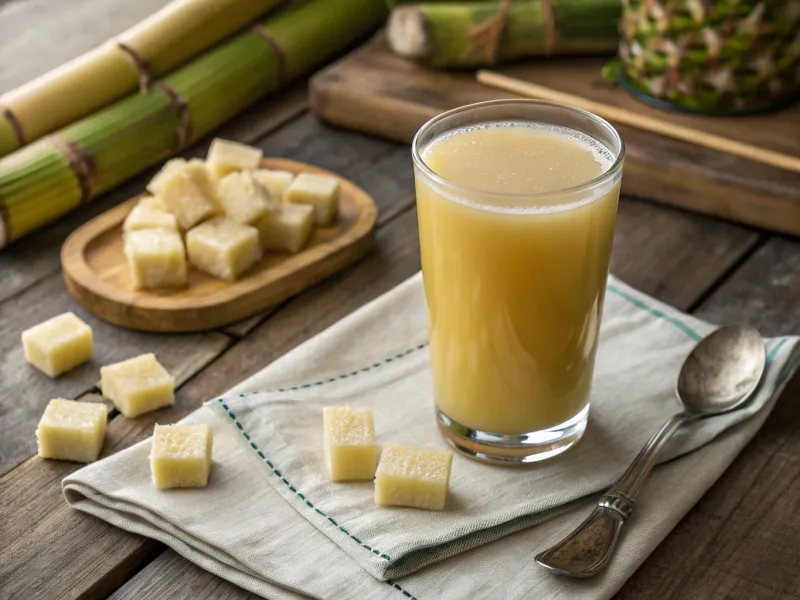
Vietnamese sidewalks feature hand-cranked machines that crush sugarcane stalks into pure, sweet juice right before your eyes. The process involves feeding long sugarcane pieces through metal rollers while the vendor turns a handle, extracting every drop of natural sweetness. Fresh ice cubes fill plastic cups before the golden liquid gets poured over, creating a refreshing drink that tastes nothing like processed sugar. Some vendors add a squeeze of lime or a pinch of salt to enhance the natural flavors. Ho Chi Minh City’s District 1 has numerous sugarcane juice stands where locals stop throughout the day for quick energy boosts. The drink provides natural electrolytes and costs less than fifty cents per cup.
5. Agua Fresca from Mexico
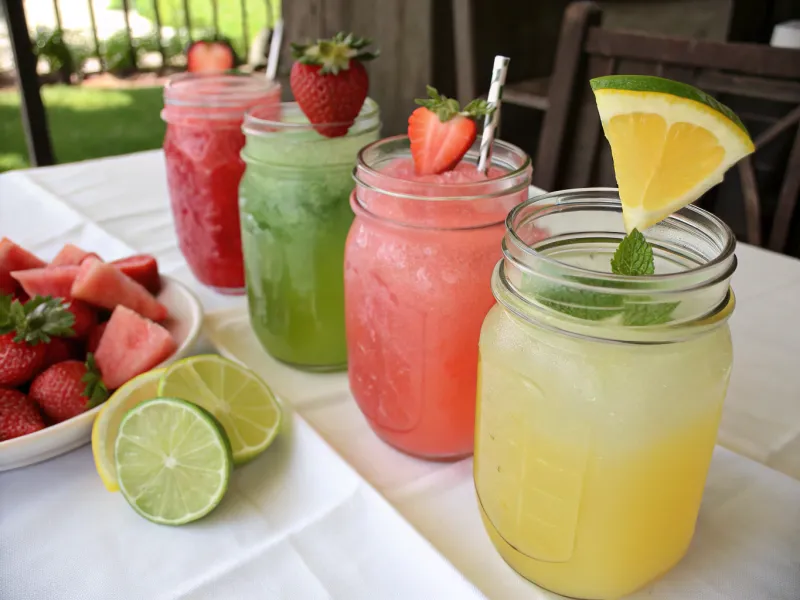
Mexican markets overflow with large glass containers filled with colorful fruit waters that seem to glow in the sunlight. Vendors blend fresh watermelon, cantaloupe, or strawberries with water and minimal sugar, creating light beverages that hydrate without overwhelming sweetness. The preparation involves straining blended fruit to remove pulp, leaving behind smooth, flavored water that tastes like concentrated fruit essence. Each vendor has their own recipes, some adding lime juice or chili powder for mor complexity. Oaxaca’s central market features the widest variety of agua fresca flavors, including exotic combinations like hibiscus-pineapple or tamarind-orange. These drinks cost around one dollar and provide relief from Mexico’s intense afternoon heat.
6. Ayran from Turkey
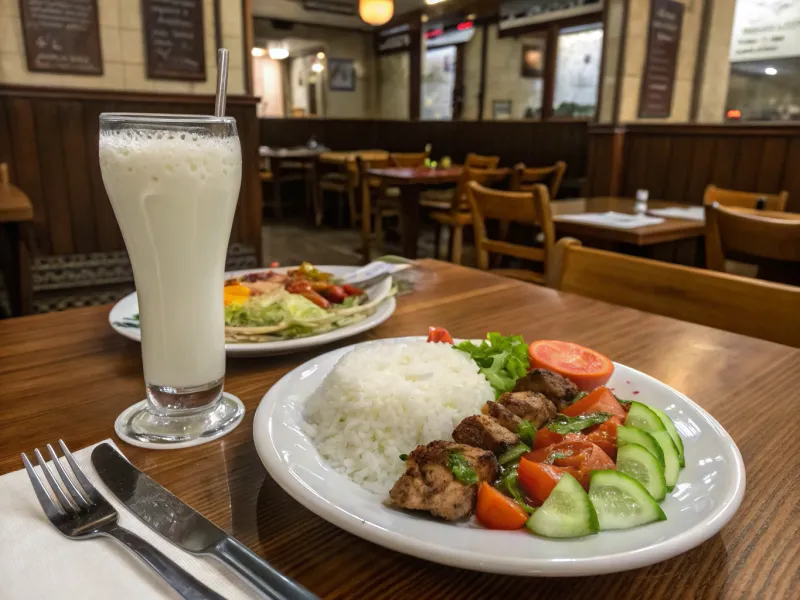
Turkish restaurants serve this savory yogurt drink that challenges Western expectations of what beverages should taste like. The combination of thick yogurt, water, and salt creates a tangy, refreshing drink that complements rich Turkish cuisine better than any sweet alternative. Traditional preparation involves whisking ingredients by hand until they reach a smooth, frothy consistency that coats the glass. Some regions add dried mint or cucumber for additional flavor complexity. Istanbul’s kebab shops always have fresh ayran available, and locals drink it throughout meals to aid digestion. The beverage contains natural probiotics and provides protein, making it both refreshing and nutritious for travelers exploring Turkey’s cities.
7. Apfelschorle from Germany
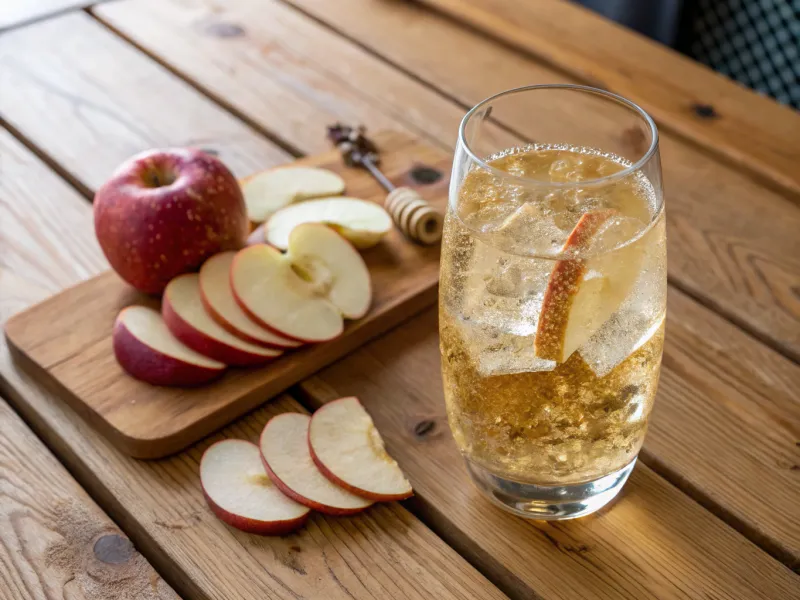
German cafes serve this simple combination of apple juice and sparkling water that has become the country’s unofficial national drink. The mixture typically uses equal parts of both ingredients, making a light, fizzy beverage that satisfies thirst without excessive sweetness. Regional variations include using different apple varieties or adjusting the ratio of juice to water based on personal preference. Some establishments serve it in traditional glasses, adding to the authentic German experience. Berlin’s gardens often feature apfelschorle as a option that pairs well with pretzels and sausages. The drink costs less and provides a refreshing alternative during Germany’s warm summer months when outdoor dining becomes most enjoyable.
8. Tereré from Paraguay
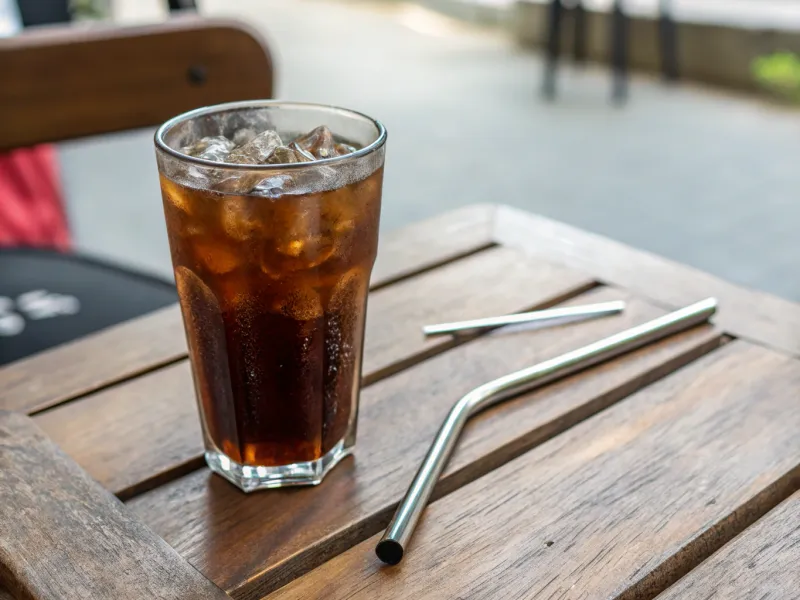
Paraguayan streets come alive with groups sharing this cold herbal drink from hollowed gourds passed between friends and family members. The beverage combines yerba mate with cold water and various herbs like mint, lemon verbena, or chamomile, creating a social drinking experience that builds community bonds. Traditional preparation involves filling a guampa (drinking vessel) with yerba mate and herbs, then adding ice-cold water instead of hot water used for regular mate. Metal straws called bombillas filter the liquid while drinking. Asunción’s parks fill with people sharing tereré during hot afternoons, and visitors often get invited to join these informal gatherings. The drink provides natural caffeine and connects travelers with local customs.
9. Sago’t Gulaman from Philippines
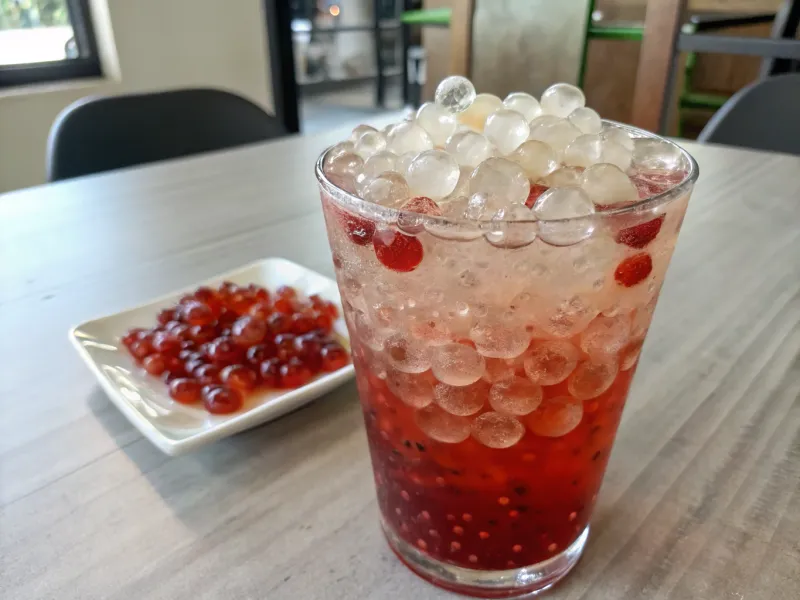
Filipino street vendors sell this colorful drink that resembles liquid jewelry with its translucent pearls and jelly cubes floating in sweetened syrup. The combination of tapioca pearls (sago) and agar jelly (gulaman) creates interesting textures that make each sip an adventure. Brown sugar syrup provides sweetness while food coloring creates the signature red appearance that makes the drink instantly recognizable. Some vendors add coconut milk or condensed milk for extra richness. Manila’s street markets feature numerous sago’t gulaman stands where locals stop for afternoon refreshment. The drink costs less than a dollar and provides quick energy while offering a fun, interactive drinking experience through its chewy components.
10. Coconut Water from Caribbean Islands
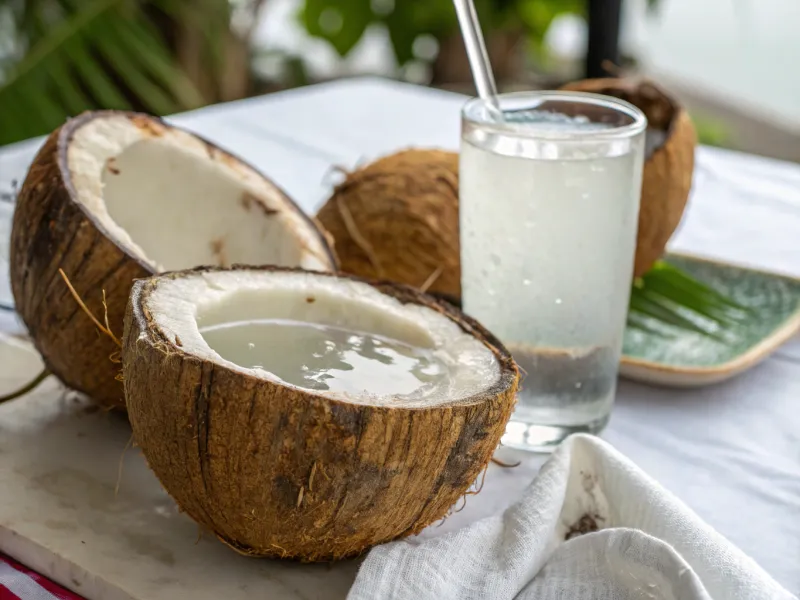
Caribbean beaches feature vendors who hack open fresh coconuts with machetes right before your eyes, creating nature’s own sports drink. The clear liquid inside young coconuts contains natural electrolytes and minerals that rehydrate better than most manufactured beverages. Each coconut provides about one cup of water with a slightly sweet, nutty flavor that varies depending on the coconut’s age and origin. Vendors often add straws directly into the coconut shell for authentic drinking experiences. Barbados and Jamaica have numerous beach vendors who chill coconuts in ice-filled coolers, ensuring each drink stays refreshingly cold..
11. Tamarind Juice from Egypt
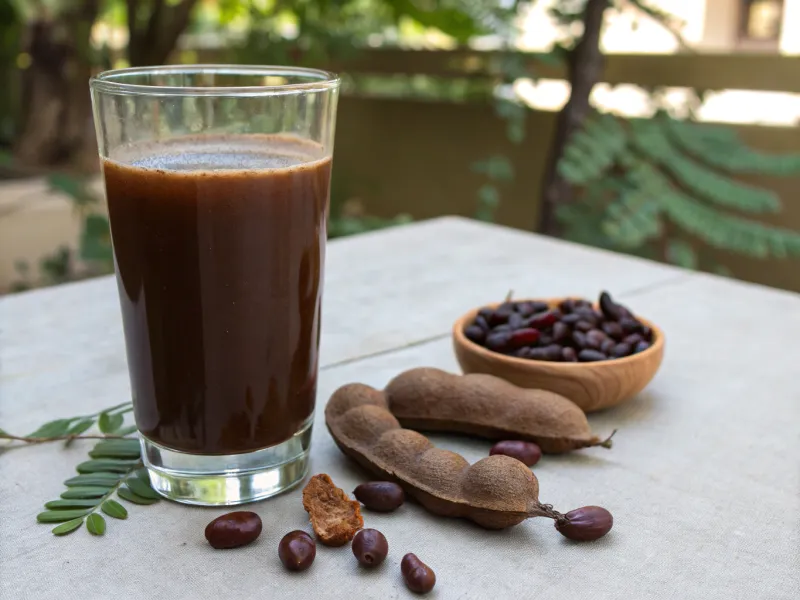
Egyptian cafes serve this dark, tangy drink made from tamarind pods that have been soaked and blended into a concentrated liquid. The natural tartness of tamarind creates a flavor profile that sits somewhere between sweet and sour, offering a refreshing change from typical fruit juices. Traditional preparation involves soaking dried tamarind pods overnight, then straining the liquid and adding sugar to balance the intense sourness. Some vendors include dates or rose water for additional complexity. Cairo’s Khan el-Khalili bazaar features numerous juice stands where vendors prepare fresh tamarind drinks throughout the day. The beverage provides natural vitamins and helps combat the desert heat while exploring Egypt’s ancient monuments and busy markets.
12. Cendol from Indonesia
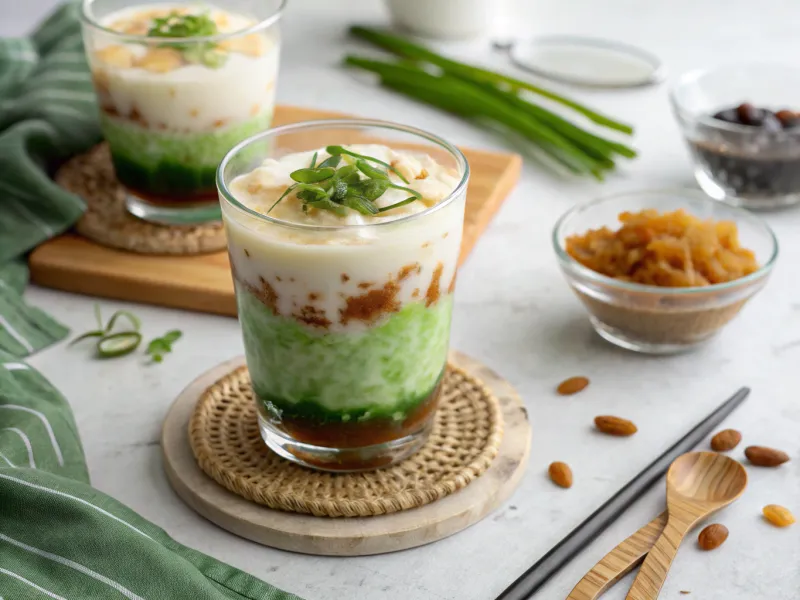
Indonesian street vendors serve this green drink that looks like liquid art with its layers of coconut milk, palm sugar syrup, and green rice flour noodles. The combination creates a dessert-like beverage that provides both refreshment and satisfaction through its varied textures and flavors. Pandan leaves give the rice flour noodles their distinctive green color and subtle fragrance, while coconut milk adds richness and palm sugar contributes deep, caramel-like sweetness. Shaved ice keeps everything cold and refreshing. Jakarta’s street food areas feature numerous cendol vendors who prepare each serving fresh, layering ingredients in specific orders to create visual appeal. The drink costs around one dollar and offers travelers a taste of Indonesia’s complex culinary traditions.
